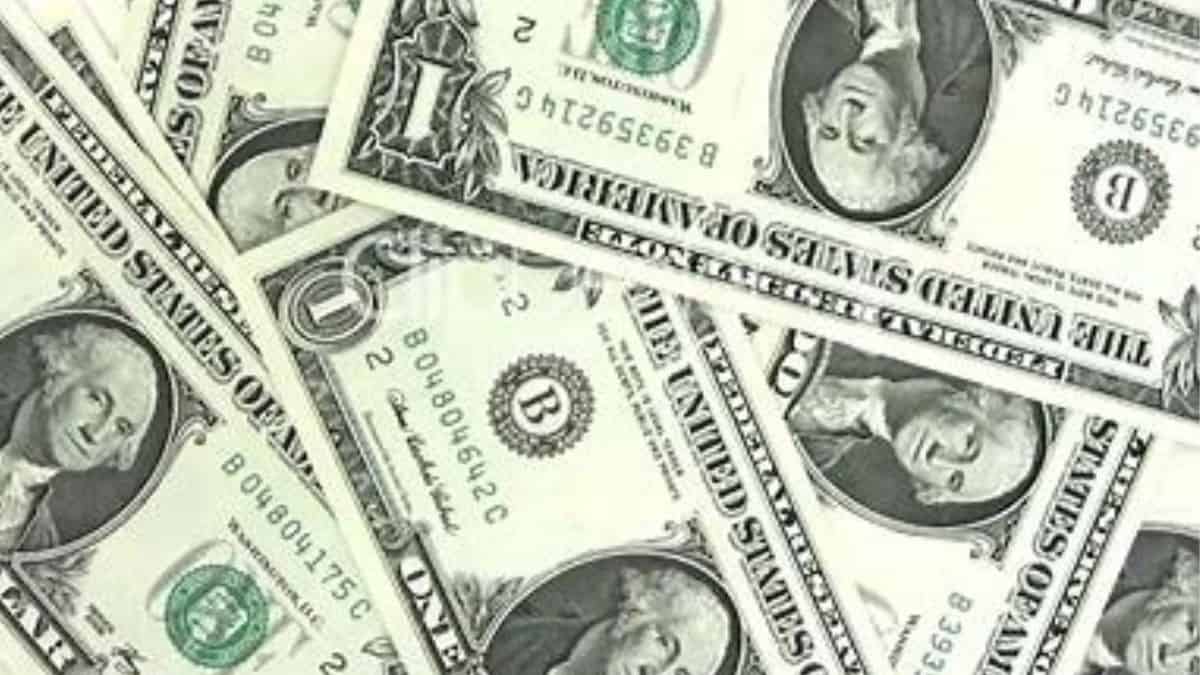On Thursday, Asian markets fell, and the dollar spiked in the beginning of September

As investors sold anything that was not secured to greet September, Asian markets tumbled and the dollar surged on Thursday after a month marked by concerns about swift rate hikes from international regulators.
The sell-off is set to impact European markets, with the local Euro Stoxx 50 futures down 0.9%, the German DAX futures down 0.6%, and the FTSE futures down 0.64 percent. S&P 500 futures decreased by 0.7 percent and Nasdaq futures declined by 1.2 percent.
This month, it’s expected that both the American Federal Reserve and the European Central Bank would sharply raise borrowing costs. Inflation in the eurozone hit yet another record high in November, according to data released tonight, justifying the ECB’s decision to hike interest rates by 75 basis points (bps) the following week.
The broadest MSCI index of Asia-Pacific shares outside of Japan dropped 1.6% to reach its lowest level in six weeks as risk sentiment deteriorated. Blue-chip equities in China barely increased by 0.1%, despite declines of 1.5% and 1.7% in the Hang Seng index in Hong Kong and Japan, respectively, and anticipation of fresh economic stimulus from Beijing.
China’s COVID regulations, high inflation, rising interest rates, and the Ukraine conflict all had an impact on the regional purchasing managers’ indexes that South Korea, Japan, and China all announced on Thursday, and they all pointed to a downturn in global economic activity.
“August has been a bad month for balance fund investors with no diversification gains from keeping a portfolio of equities and bonds,” claims Rodrigo Catril, senior FX analyst at National Australia Bank.
Loretta Mester, the president of the Cleveland Federal Reserve, announced overnight that the likelihood of a recession within the next year or two had increased and that the U.S. central bank would need to raise interest rates to a little over 4% by the start of next year and maintain them there.
At the end of August, American stocks had performed the worst they had in seven years. For the month, the S&P 500 fell 4.24 percent, the Nasdaq fell 4.64 percent, and the Dow Jones Industrial Average fell 4.06 percent.
The release of U.S. non-farm payroll data is anticipated by the markets, and they might not like a positive result if it justifies further aggressive rate hikes that could strengthen the dollar.
The dollar increased 0.4% against the yen on currency markets, reaching a 24-year high of 139.5 as speculators braced for rising U.S. interest rates while assuming steady Japanese interest rates would remain stationary for long time.
Additionally, the euro and pound declined against the dollar by 0.4%.
Because of the Fed’s hardline forecasts, Treasury rates increased to fresh highs. While the yield on 10-year bonds decreased 6 basis points to 3.20 percent, the rate on benchmark two-year notes jumped 6 basis points to 3.51 percent, its highest level since late 2007.
U.S. crude dropped 0.4% to $89.2 per barrel while Brent crude dropped 0.4% to $95.31 per barrel. Russia’s primary delivery line for gas to Europe was shut off on Wednesday.
Gold decreased somewhat. The going rate for spot gold was $1703.9 per ounce.


